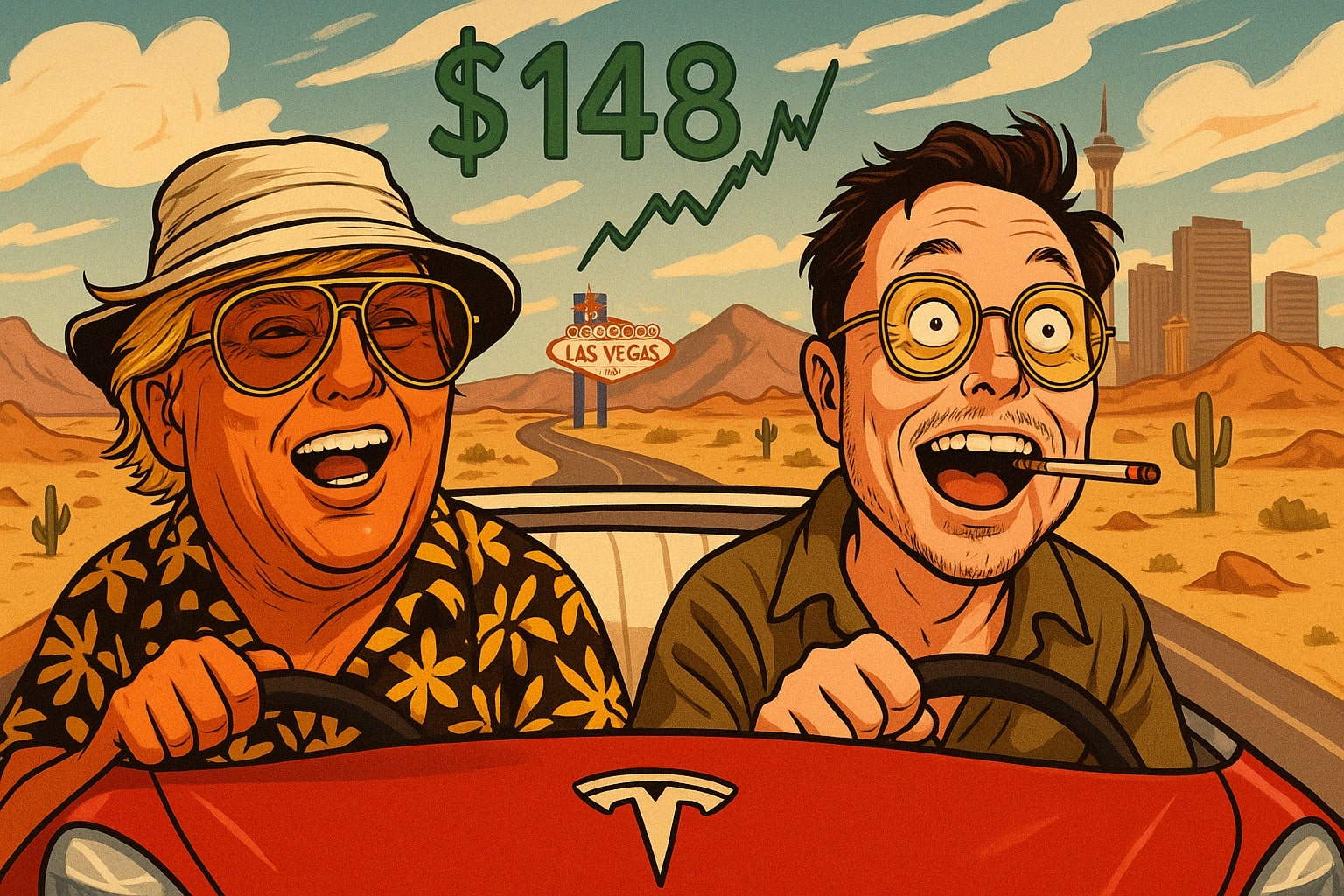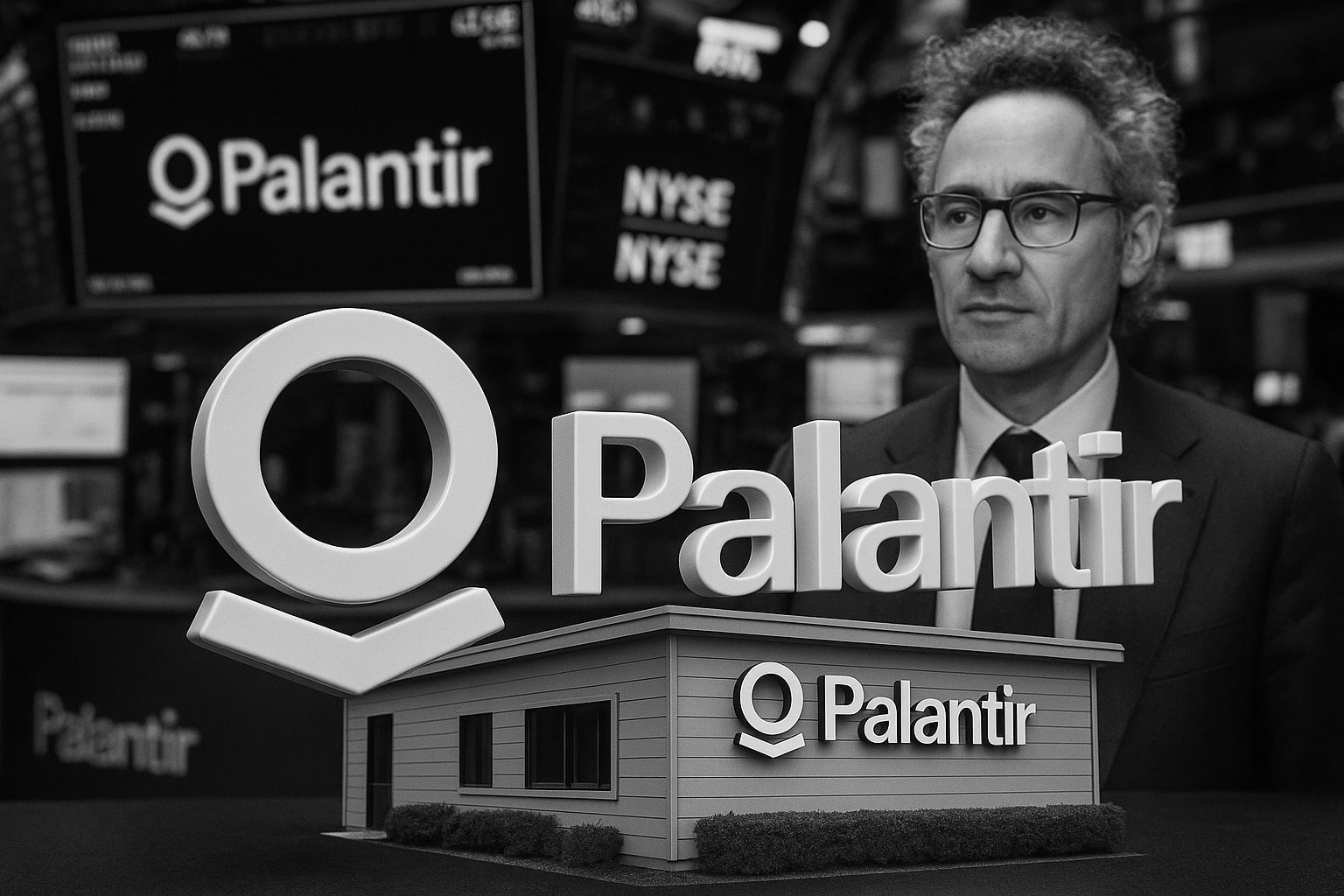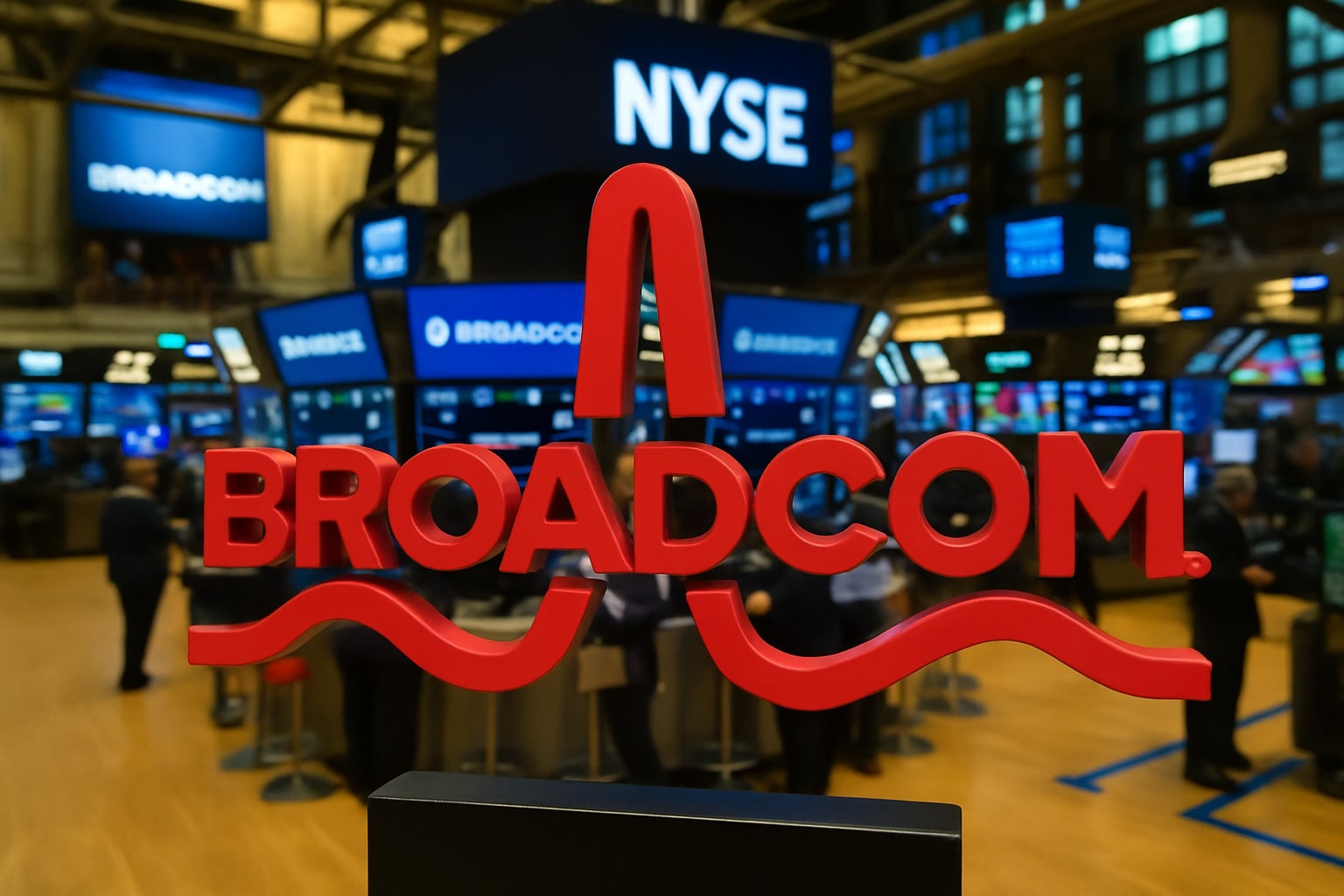
NASDAQ:TSLA Plunges to $148—But Is This the Most Undervalued Tech Giant of 2025?
With Tesla stock collapsing 40% YTD, is $148 a once-in-a-decade buy as FSD, energy, and software ramp up—can TSLA still hit $325 this year? | That's TradingNEWS
NASDAQ:TSLA Falls 40% YTD Yet Tesla’s True Growth Engine May Be Just Getting Started
Sharp Price Drop to $148 Creates a Disconnect From NASDAQ:TSLA’s Expanding Multi-Sector Growth
The decline in Tesla Inc. (NASDAQ:TSLA) to $148.35, down more than 40% year-to-date, marks one of the steepest sell-offs for any company in the Magnificent 7. Yet what’s shocking isn’t just the plunge—it’s the widening disconnect between short-term market sentiment and long-term business fundamentals. From a stock that traded as high as $488.54 in December, Tesla has been re-rated aggressively due to a drop in Q1 deliveries, political distractions surrounding Elon Musk, and weakening sentiment in the broader EV sector. But beneath the surface, the foundation of Tesla’s diversified empire—energy, software, manufacturing, FSD—has never been stronger.
Even after missing Q1 delivery estimates, Tesla still pushed out 336,681 vehicles, falling short of the 390,342 forecast and delivering its weakest quarter since Q2 2022. That alone drove the narrative that Tesla was in trouble. But one-dimensional interpretations miss what matters most: Tesla is no longer a pure-play EV automaker. It is a multi-pronged technology business generating revenues from energy storage, grid services, AI-based autonomy, and potentially robotics.
Revenue in Q1 is expected to clock in at $21.7 billion, up slightly YoY despite the delivery decline, and EPS is forecast around $0.43, down just 2 cents from a year ago. Tesla is poised to post its second-highest Q1 revenue in history, proving that the top line is less tied to vehicle volumes than ever before. If it hits full-year consensus revenue of $106.91 billion, that would represent a major rebound from investor fears.
Data Shows Tesla's Growth Engine Has Shifted Beyond the Wheel
While vehicle deliveries drive headlines, Tesla’s energy and services segment is rewriting the growth script. The non-auto portion of Tesla’s business is growing at over 70% YoY, and in Q4 alone, these divisions contributed significantly to total revenue. When combining Tesla’s energy generation, storage, services, and software, the blended YoY growth rate hit 73.47%, suggesting that these arms of the business are no longer supplemental—they’re central.
This shift is why valuing Tesla purely on cars misses the mark. Back in October, a valuation of $455 billion was attributed to the automotive division alone. But with energy and other segments now worth a recalibrated $595 billion (after applying a 40% increase to the previous $425 billion valuation), Tesla’s blended corporate value sits around $1.05 trillion. This compares to a current market cap of just $776.37 billion, implying a 35.24% upside from today’s levels. This upside implies a target price of approximately $325 per share, a figure that doesn’t require Tesla to return to record deliveries—only to continue scaling across verticals.
China and Europe Deliver Mixed Signals, But the U.S. Is Becoming Tesla’s Moat
In China, Tesla sold 74,127 vehicles domestically in March, up 18.8% YoY, but total China-related deliveries (including exports) were down 11.5% YoY. Still, the Shanghai Gigafactory remains Tesla’s most efficient production hub, with supply chains deeply localized, shielding the company from many of the direct consequences of tariff escalation. The production margins in China remain healthy, and most Teslas sold in the region are produced domestically.
In Europe, Q1 saw a drop of roughly 15,000 vehicle deliveries toward the end of the quarter. However, this softening is minor when set against the dominant sales volumes in the U.S. and China. Tesla’s U.S. market—supported by favorable domestic manufacturing policies—remains a fortress. With nearly every Tesla sold in the U.S. assembled domestically, Tesla is insulated from many of the protectionist measures other automakers face. This could eventually evolve into a durable competitive moat as new tariffs hit imported EVs from Europe and Asia.
Full Self-Driving (FSD) and Software Monetization Remain Tesla’s Killer Edge
Tesla’s FSD version 13 has now crossed 3 billion cumulative miles, an unparalleled data asset that no other company can replicate. Rivals like Waymo may offer autonomous fleets, but none match Tesla’s real-world driving data volume, which is central to training AI driving models. Tesla’s shift to a software-as-a-service business model—selling FSD subscriptions at $99/month and up to $12,000 upfront—gives it a margin-rich recurring revenue stream.
This FSD revenue, combined with potential licensing opportunities, could become a high-margin business that rivals the profitability of the automotive unit itself. If Tesla can convert even 15% of its existing 5 million vehicles into paid FSD users, that’s a revenue stream of $9 billion annually.
Political Turmoil Surrounding Elon Musk and DOGE Is a Distraction, But Temporary
One of the biggest overhangs is Elon Musk’s current government role in the Department Of Government Efficiency (DOGE). While political backlash and regulatory scrutiny have intensified, there’s little evidence that Musk’s position has materially altered Tesla’s operations. Historically, Musk has split his time between SpaceX, Neuralink, and Tesla. DOGE adds another branch, but it’s a 130-day term, and early signs suggest limited impact on execution.
Yes, Musk’s focus may be diluted in the short term, but Tesla’s operational pipeline—from Gigafactory Mexico to the AI compute cluster buildout—remains on track. Moreover, Tesla’s C-suite and operational leads have proven capable of maintaining execution even during Musk’s absences. Insider activity also confirms stability: no large-scale selling, no exits, and steady executive equity holdings, as shown in the TSLA insider transaction tracker.
Valuation Still Rich, But Growth Justifies Premium—Especially Long-Term
Tesla trades at a forward P/E of 95.82, compared to a sector median of 13.85. That’s a 592% premium, a level that would earn a failing grade from any traditional quant screen. But Tesla is not a traditional company. It’s building out multiple trillion-dollar addressable markets—transportation, energy, AI, robotics—and doing so from a position of scale and capital efficiency.
Despite the delivery setback, the Street still sees forward revenue growth accelerating, with consensus estimates showing a path to $120 billion+ in 2026 revenue. Gross margins may fluctuate, but with energy and software now in the mix, long-term margin expansion remains a real possibility.
Even if Tesla only achieves moderate FSD and energy adoption rates, the profitability picture improves dramatically. And if macro conditions stabilize in H2 2025, Tesla could return to sequential growth as early as Q3.
Earnings Season Brings a Key Inflection Point for NASDAQ:TSLA
With earnings due after the bell Tuesday, expectations are pinned to $0.42 EPS on $21.54–$21.70 billion in revenue. While this would reflect a drop in profitability, it would also mark the second-highest Q1 revenue in Tesla’s history. Importantly, it would support full-year guidance and demonstrate that Q1's delivery miss is not the whole story.
If Tesla beats on FSD attach rate or energy segment performance, the narrative will shift quickly. The market may have already overcorrected. If shares react positively, the $148 level could become a clear bottom.
Tesla’s upcoming earnings call and forward guidance will be a definitive moment. Execution is what matters. The delivery miss may have damaged sentiment, but the infrastructure—both physical and digital—suggests Tesla is better positioned now than during its 2020–2022 bull run.
This is not just about cars. It’s about a $1 trillion platform that the market currently values at less than $800 billion. If Tesla executes across its multi-pronged strategy, the disconnect won’t last. Not at this price. Not at $148.35.
That's TradingNEWS
Read More
-
GPIQ ETF Rises on 10% Yield and AI Boom as Investors Brace for Tech Volatility
14.10.2025 · TradingNEWS ArchiveStocks
-
Ripple (XRP-USD) Stabilizes at $2.51 as Whales Buy $5.5B and ETF Outflows Shake Crypto
14.10.2025 · TradingNEWS ArchiveCrypto
-
Natural Gas Price Forecast - NG=F Falls to $3.07 as Supply Glut and Weak Heating Outlook Hit Demand
14.10.2025 · TradingNEWS ArchiveCommodities
-
USD/JPY Price Forecast - Dollar to Yen Slides to 151.80 as Trade Tensions Boost Yen Strength
14.10.2025 · TradingNEWS ArchiveForex


















